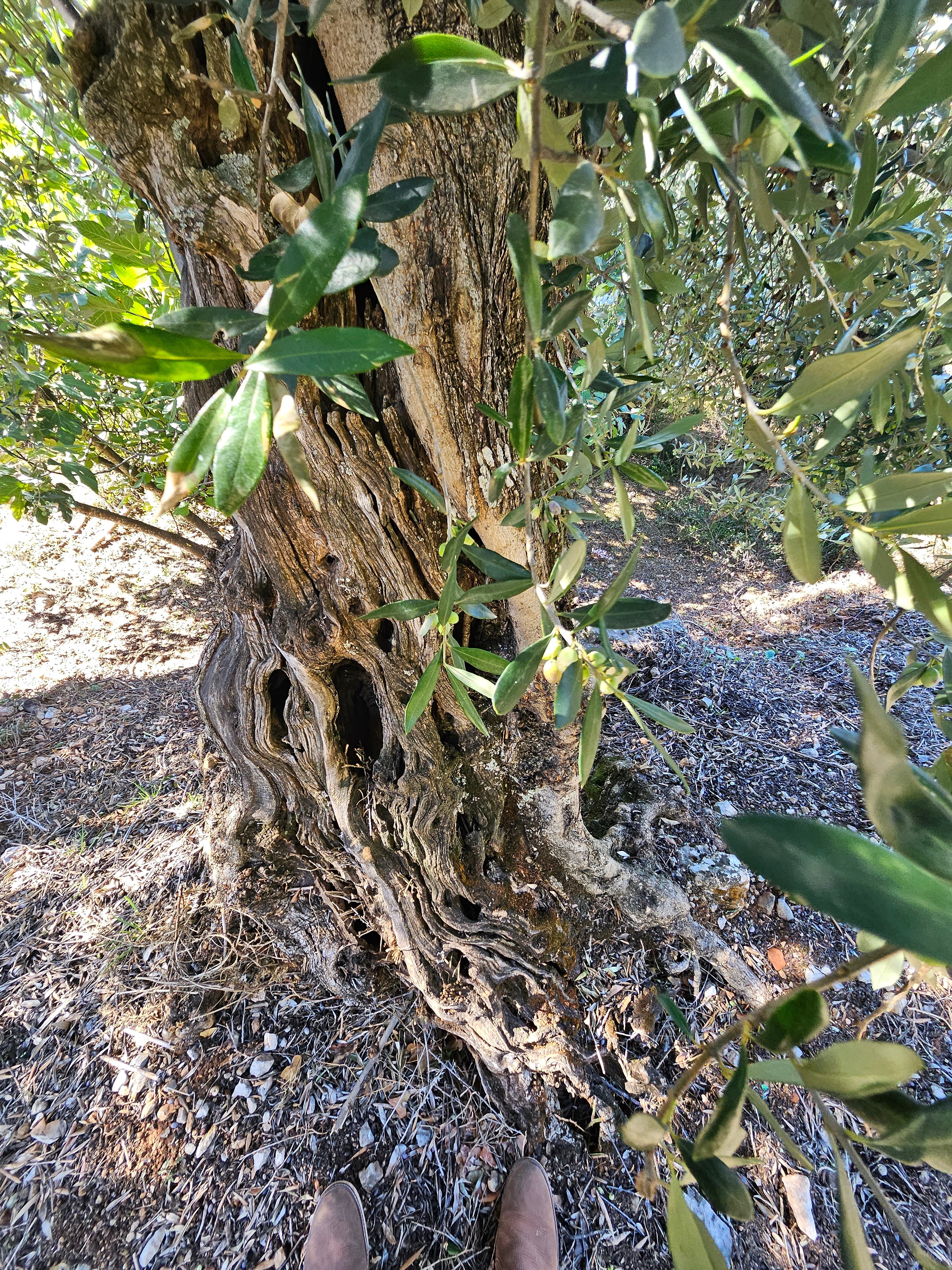
Where Land, Tradition, and Science Meet
I'm Dr. Kimon Angelides and I want to welcome you to Avias Ranch.
I never set out to start a business in olive oil. My journey began in a different world—decades spent in academic medicine, biotech, and building healthcare companies. I spent years focused on developing tools and systems for people to take control of their health—building systems based on science, precision, and care.
I always maintained a strong connection to Greece (having some great teams there) as well as to the land we now call, Avias Ranch. When my father-in-law, Notis, passed, I was the one in the family who took over making EVOO from these plots, each year sharing I made with friends and family. The rest, I let neighboring farmers harvest and sell to larger firms who blended our high-quality oil with theirs to meet EVOO standards. But it was our friends who tasted our oil—the ones who felt its difference—who encouraged me to bring our Notis EVOO to the American market. They told me there was nothing like it—so fresh, so pure, so full of character, the aroma when pouring over warm pasta or bread, it was like "tasting the place" itself. They knew where it came from, how long it had been made from the family land, how it was made, and why it mattered—and they believed I could carry it forward. Because I wasn’t just handing them olive oil. I was handing them something they trusted. And they knew I had the tools to bring that trust to others.
To be honest, I liked this encouragement. And the deeper I looked, the clearer it became: even brands with beautiful marketing or Mediterranean themes often sell olive oils that aren’t what they claim to be. They buy bulk olive oils, mix them with all sorts of unknown quality EVOO, and then bottle them under their own label. These oils weren’t traceable, and they certainly didn’t come from their own hands or land, and certainly didn’t have that aroma when poured over warm pasta I saw a ‘white space’ in this area and like I did in healthcare tried to learn what people wanted and how to deliver. The more I learned the more I adored this opportunity to do something meaningful and authentic.
So I plunged in and focused my efforts on creating an EVOO that is authentically Greek—vibrant, flavorful, aromatic, and rich in verified health benefits. Thanks to our trees, our land, and our approach, I knew we could scale up while still maintaining the high quality standards we set for family and friends if we wanted to. But I also realized that if we did we also needed to rethink what we would do with the “waste’ of EVOO in a sustainable and responsible way.
With the years I spent in academic medicine and building companies, I understood the world of scale—the pressures of growth, of moving fast. But I didn’t want this next chapter to be a reaction or a reinvention. I saw a clear problem: too much olive oil treated as a commodity, not the health-giving, heritage-rich ingredient it could be. And I believed that I was uniquely positioned to do something about it—bringing together what I know best: science, family, and a commitment to doing things right and to transform what is a commodity to an experience.
This oil reflects my own journey—bridging science and heritage, Greece and the U.S., old ways and new possibilities. And the challenge of doing something different creating something that was not there before.
At Avias,. we do everything ourselves. We don’t buy oil. From walking the groves to pressing the olives, I’m involved in every step—not just because I love it, but because it reflects who we are. Pride matters. My father-in-law, Notis, whose business was based on quality would demand it. Process matters. And I want that care to show up in every bottle.
It’s hard work, but it matters. From the day we harvest to the day a bottle reaches your table, we are there—caring, crafting, and preserving something bigger than a product.
Today, I invite you to walk the ranch with me. Every year, I look forward to the harvest myself—to feeling the weight of the olives, to working alongside our team, to remembering firsthand what it means to bring oil from the land to the table. There’s no substitute for being there—to see the first light over the groves, to feel the soil under your boots, to hear the quiet rhythm of a day built around honest work.
This is what life on the ranch looks like.
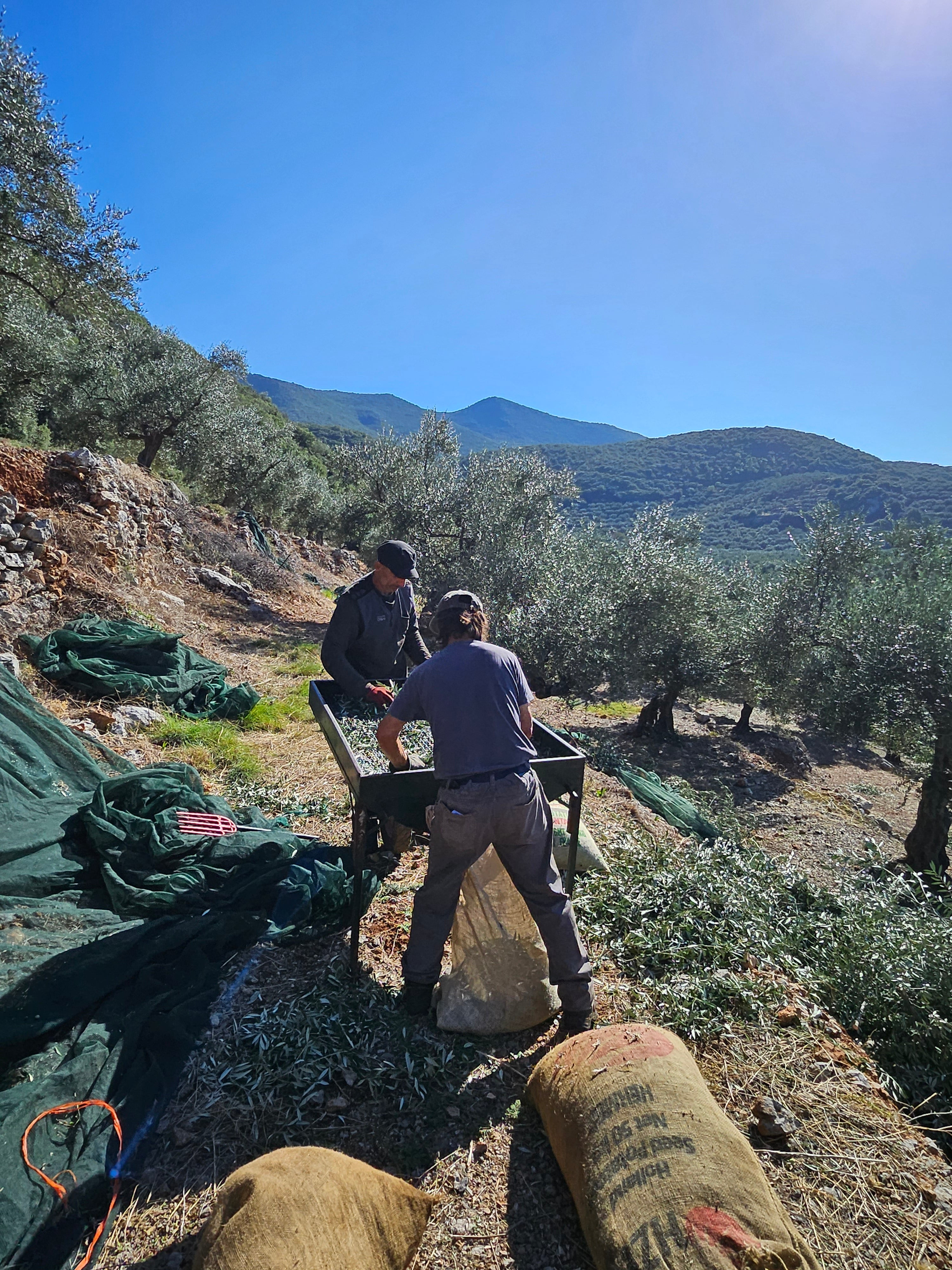
Life on the Ranch
At Avias Ranch, harvest mornings begin in the dark, when the mountains are still a silhouette and the air carries a chill that smells faintly of earth and olives, and the warmth of the sun that will come. You hear it before you fully see it—the low, steady hum of preparation. Nets unfurled underneath, electric rakes checked, car batteries lugged in place, a few quiet greetings between family and old friends who know this rhythm by heart.
When the sun crests over the hills, the light cuts across the red clay soil, casting long shadows from the twisted trunks of trees that have been here longer than our memories. There's a scent that rises when the olives are touched—green, sharp, alive—and it hangs in the cool morning air like a promise.
Some of us work a tree alone, others together, because no matter how well you know these groves, it always takes more than one set of hands to gather what the tree is willing to give. It’s a steady kind of work. Not rushed, but never idle. There’s an easy, unspoken rhythm between us. We know the land. We know each other. Sometimes you’re working your tree, and a neighbor steps in to help without a word. That’s just how it’s always been.
Once a tree is harvested, we gather the nets, and lift them on our home built sifter. Then comes the hand-sifting—working quickly to pull out leaves, stems, and any debris, leaving only clean fruit behind. Only after this are the olives placed into trays or bins, ready for transport to the mill.
There’s a special kind of satisfaction that comes from it. You start the day with fruit on the tree—solid, heavy, green with promise—and within hours, after gathering and carrying and extraction, you watch it transform. In the mill you see the first streams of emerald green oil flow out—vivid, translucent, alive. It’s a wow moment. It never gets old. Every season, we dip a finger into that stream from the first press, taste it warm, incredibly aromatic, and the peppery and electric on the tongue, and feel the same simple truth: this is why we do it.
By midday, when the sun sits high over the terraces, we stop. We find a patch of shade or a low stone wall and share a simple lunch—bread, olives, cheese, fresh oil still warm from the morning’s press. It’s enough. It reminds us why we do this. This is something that you feel that can be substituted for profits or explained to investors-the beauty of it all.
But the work doesn’t end with the harvest. After the last olives are pressed, the season shifts, and the next cycle of care begins.
We move through the groves again, this time with saws and shears, pruning the trees to guide their growth for the next year. It's careful work—knowing which branches to take, which to leave, how to open up the canopy so light can reach deep into the tree.
We return nutrients to the soil, spreading natural fertilizers made from the trees themselves. We walk the lines of old trees, checking for signs of stress, disease, or damage. We patch stone terraces where the winter rains have pulled at the walls. Always looking ahead, tending what’s been entrusted to us.
This is life on the ranch.
Hard work, steady work, real work—shared quietly among people who know the land and each other by heart.
One day soon, I hope you'll walk these groves with us. Until then, you can taste the season's work—the harvest, the care, and the hope for what's yet to come—in every bottle we share.
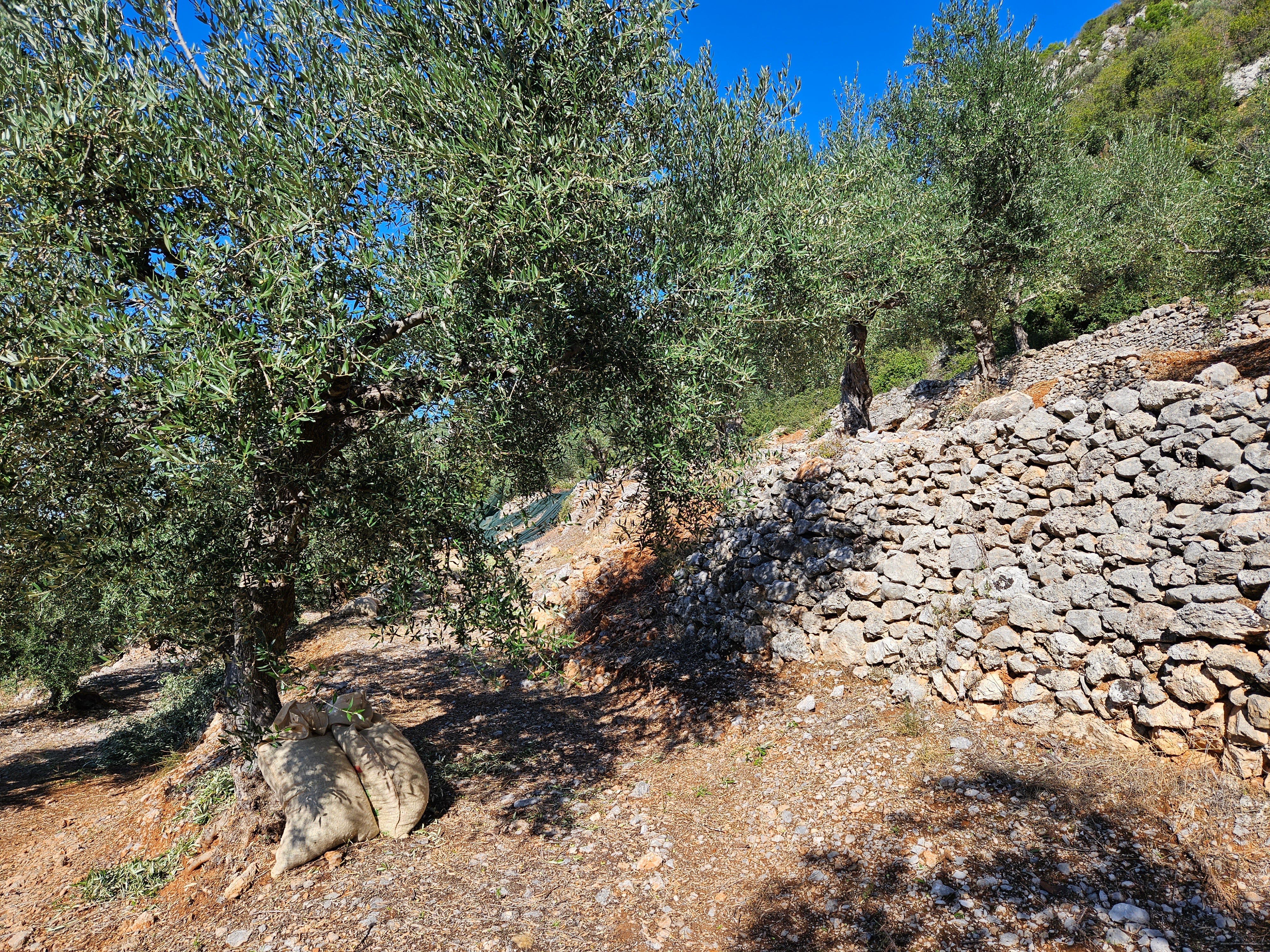
Our Land and Terroir
Walk through the groves at Avias Ranch, and you can feel the centuries pressing close.
The trees here are twisted, gnarled into forms you almost can’t believe bear fruit—yet they do, abundantly. Some grow horizontally across the steep slopes, their roots clawing deep into the rocky earth, defying gravity and time. When you look up, especially in the softer light of afternoon, the leaves flash silver and green with every breeze, shimmering like water in the sky.
During the warmer months, the air itself smells different—thick with the fragrance of crushed herbs, and the leaves, the faint woody scent from the trees that makes the air feel alive and ancient at the same time. When the wind is still, you feel a kind of hush settle over the ranch—a stillness so complete you can hear the bees working in the blooms. When the breezes come, they lift the scents into the air and carry them across the groves.
The land stretches across 77 hectares (nearly 200 acres), divided into two estates: Notis and Rema Mili. The Notis Estate climbs the hillsides near the village of Orovas. Its four plots—Reza (Roots), Potami (Stream), Xrisafi (Golden), and Perivoli (Garden)—are named for the natural landmarks that still define them. Reza's trees anchor into deep red terra rosa soils, iron-rich and well-drained. Potami's groves rest in clay-silt earth that holds more moisture, nurturing a rounder, softer oil.
Further north, the Rema Mili Estate follows the curve of a seasonal riverbed. Here, the soil is loamier and cooler, touched by the minerals washed down in the rains. The oils from these trees are gentle, supple—a quieter voice in the blend.
Old stone terraces line the steeper hills—low, dry-stacked walls built by hands now long gone. They hold back the earth, protect the roots, and remind us that every harvest we take is built on the work of those who came before.
Across both estates, the climate offers its steady gifts: over 250 days of sun each year, winter rains that coax the roots deeper without flooding them, and temperatures that move gently between 9°C (48°F) in winter to 25°C (78°F) in the summer—a perfect rhythm for these trees.
These ancient trees don't rush. They produce less fruit than younger ones. But what they give is dense, concentrated, and alive—rich with polyphenols, rich with story.
Here, the land isn't just where we grow. It's who we are. Every bottle we press carries a piece of this peace forward—a trace of the old walls, the silver-green leaves, the herbs in the wind, and the quiet, steady work of the living soil.
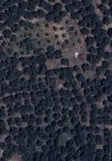
How Technology Supports Life at the Ranch
With a Little Help from Our Friends and Science
At the end of a long day of pruning and tending to our ancient trees, I often take a moment to appreciate how tradition and modern tools come together here at Avias Ranch. The day-to-day care is in the hands of our people who know these groves by heart—our team who have lived alongside these trees for generations. Their connection runs deep; it’s not just work to them—it’s a way of life, a shared stewardship they take seriously and honor with every season.
Alongside their careful hands maintaining the groves year-round, they have welcomed new tools—new energy sources in the form of solar energy, satellite imagery, smart soil sensors, and canopy monitors that help us keep a watchful eye on the health of our trees. Near-infrared (NIR) technology helps us time the harvest at its peak, while chemical strip sensors allow us to check oil quality and fatty acid profiles right in the field. We also use simple chemistry tests in the groves themselves—monitoring everything from soil minerals to water availability—so that every decision we make is informed by both tradition and science.
They see these technologies not as a replacement, but as a way to strengthen what we all work so hard to protect. Together, our hands and technology work in concert—one honoring time-tested tradition, and the other embracing new methods—to ensure that every olive, and every bottle of oil, carries forward a legacy of care, quality, and heartfelt connection to the land.
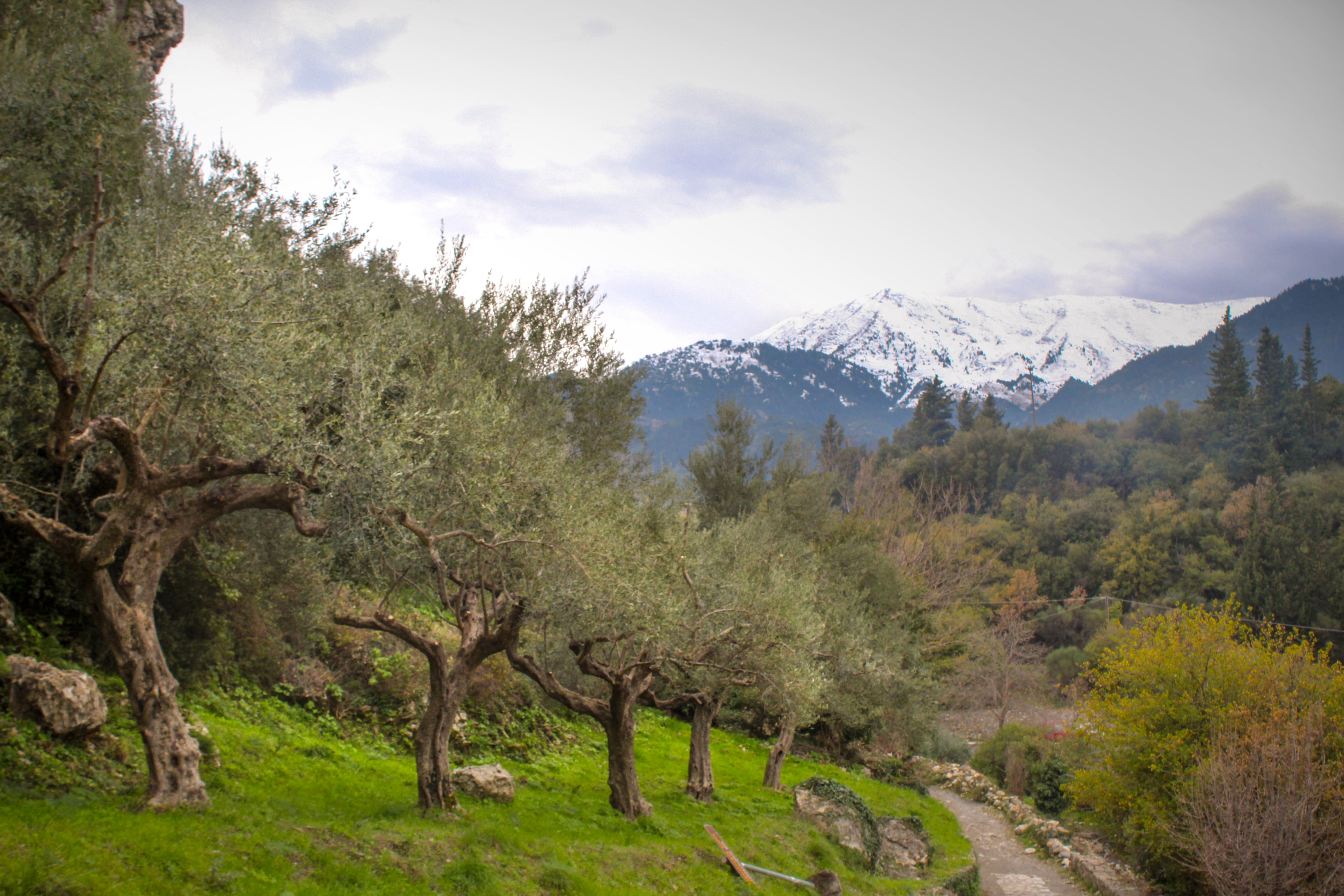
Scenes from the Ranch
The ranch speaks through its colors, textures, and rhythms. Scroll through the scenes below to glimpse what we see every day: the ancient trunks spiraling skyward, the mist rising over the terraces at dawn, the harvest baskets filling, the long tables set beneath the olive trees. Here, the past and the future meet—woven together by land, labor, and love.
A curated gallery that captures the soul of our land, our people, and our purpose. From sweeping panoramas of our sun-soaked groves nestled in calcareous red soil, to intimate moments of our team hand-harvesting olives with care and precision, each image tells a story of dedication and harmony with nature. You’ll also find snapshots of our sustainability in action—composting olive pomace, repurposing byproducts, and nurturing the soil for future harvests—all part of our commitment to circular farming and regenerative practices. This is more than a ranch. It’s a living ecosystem built on tradition, science, and soul.




